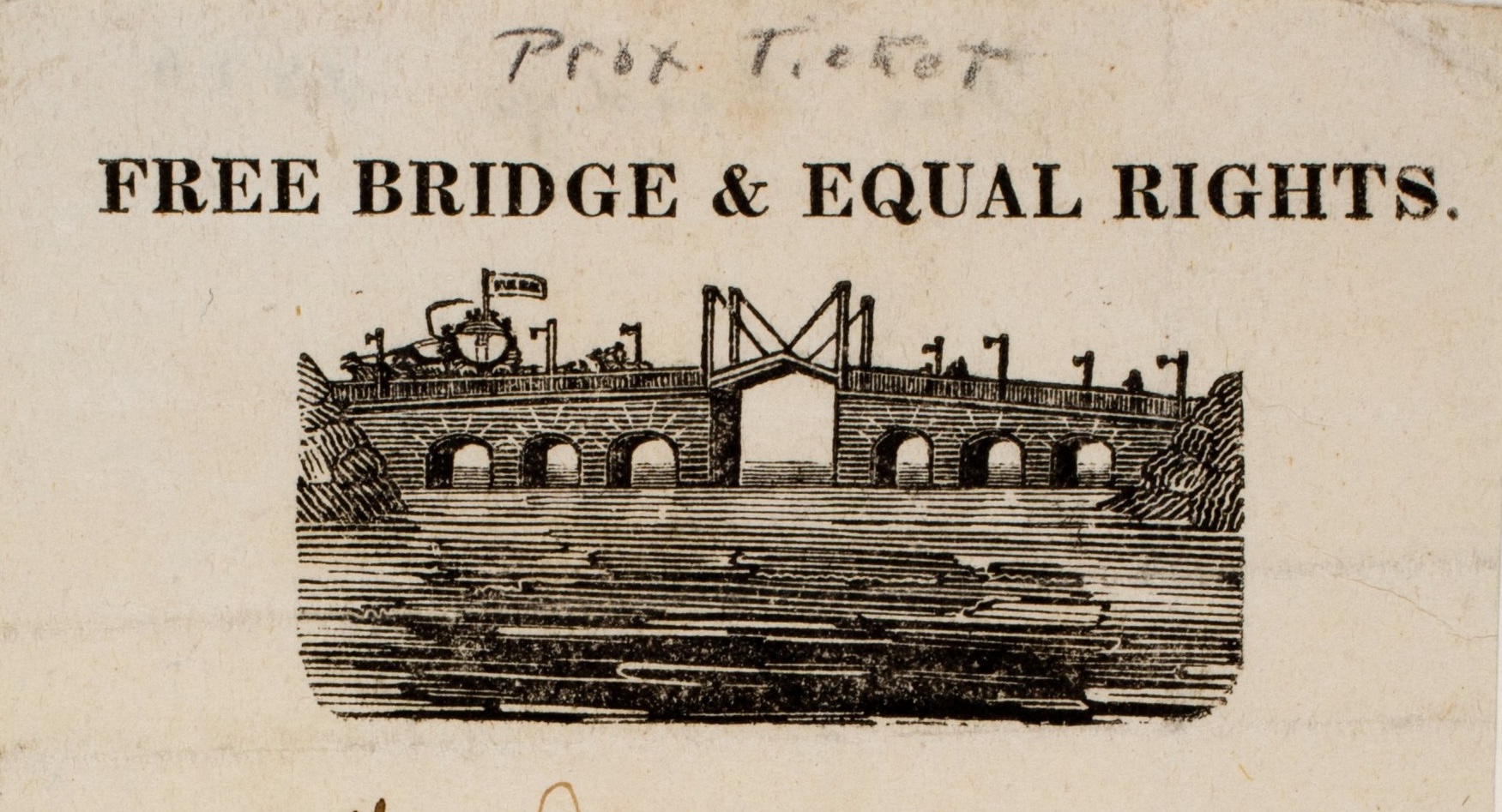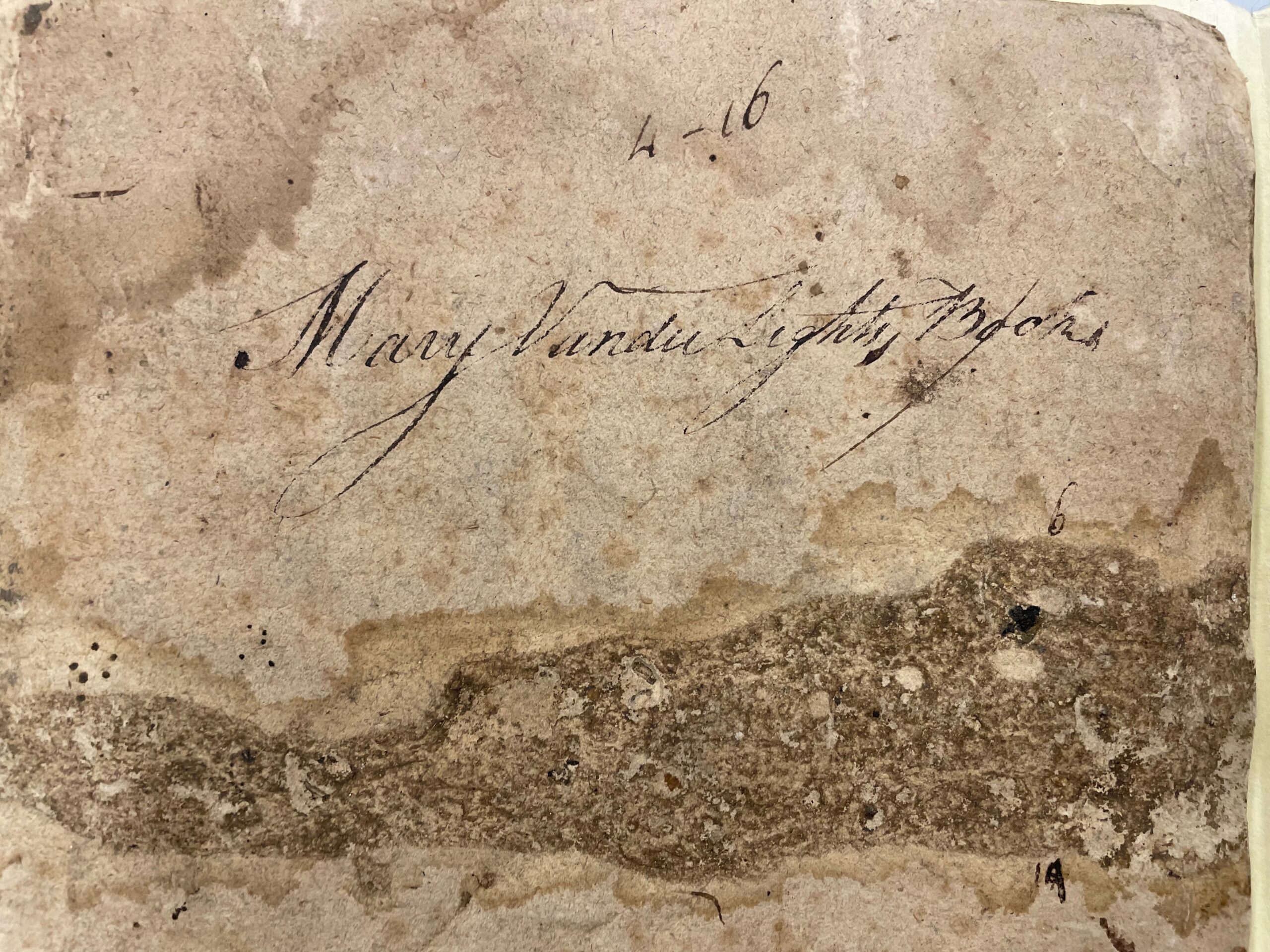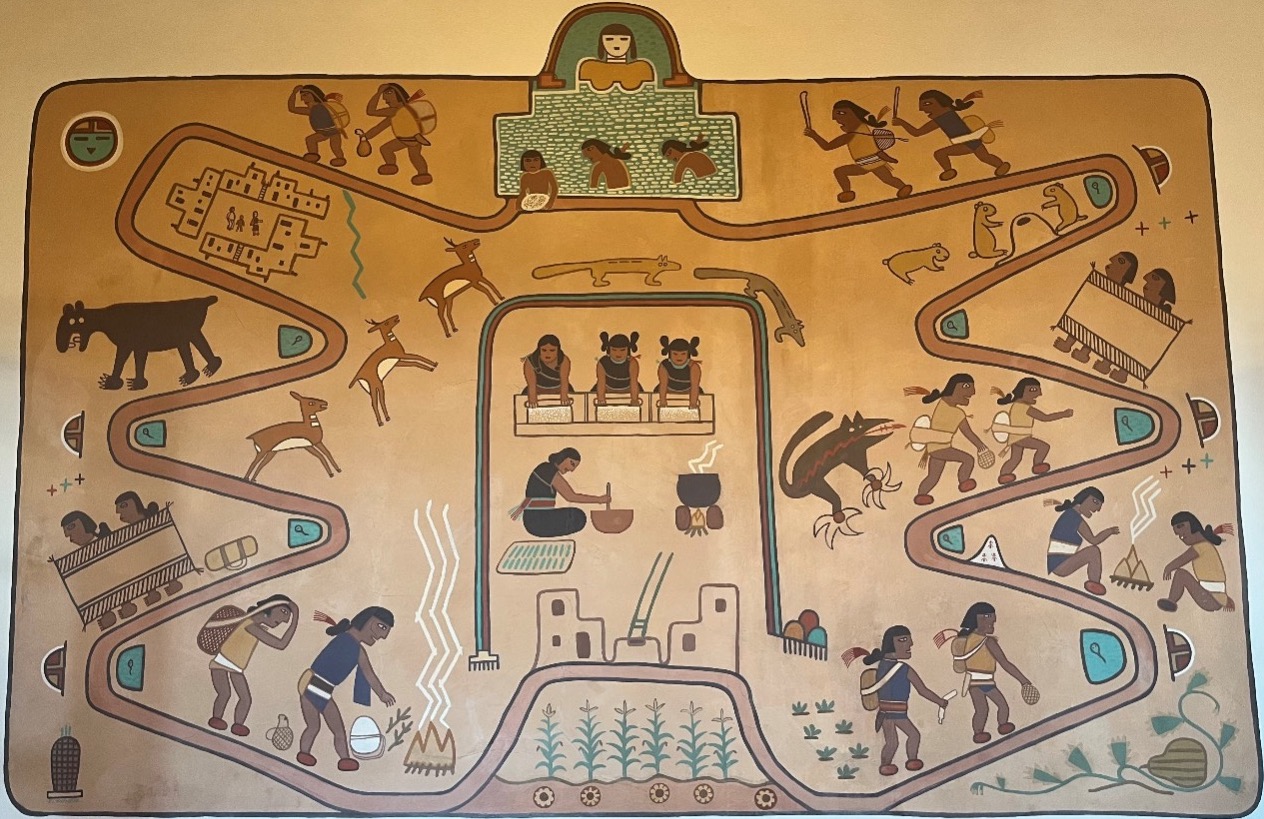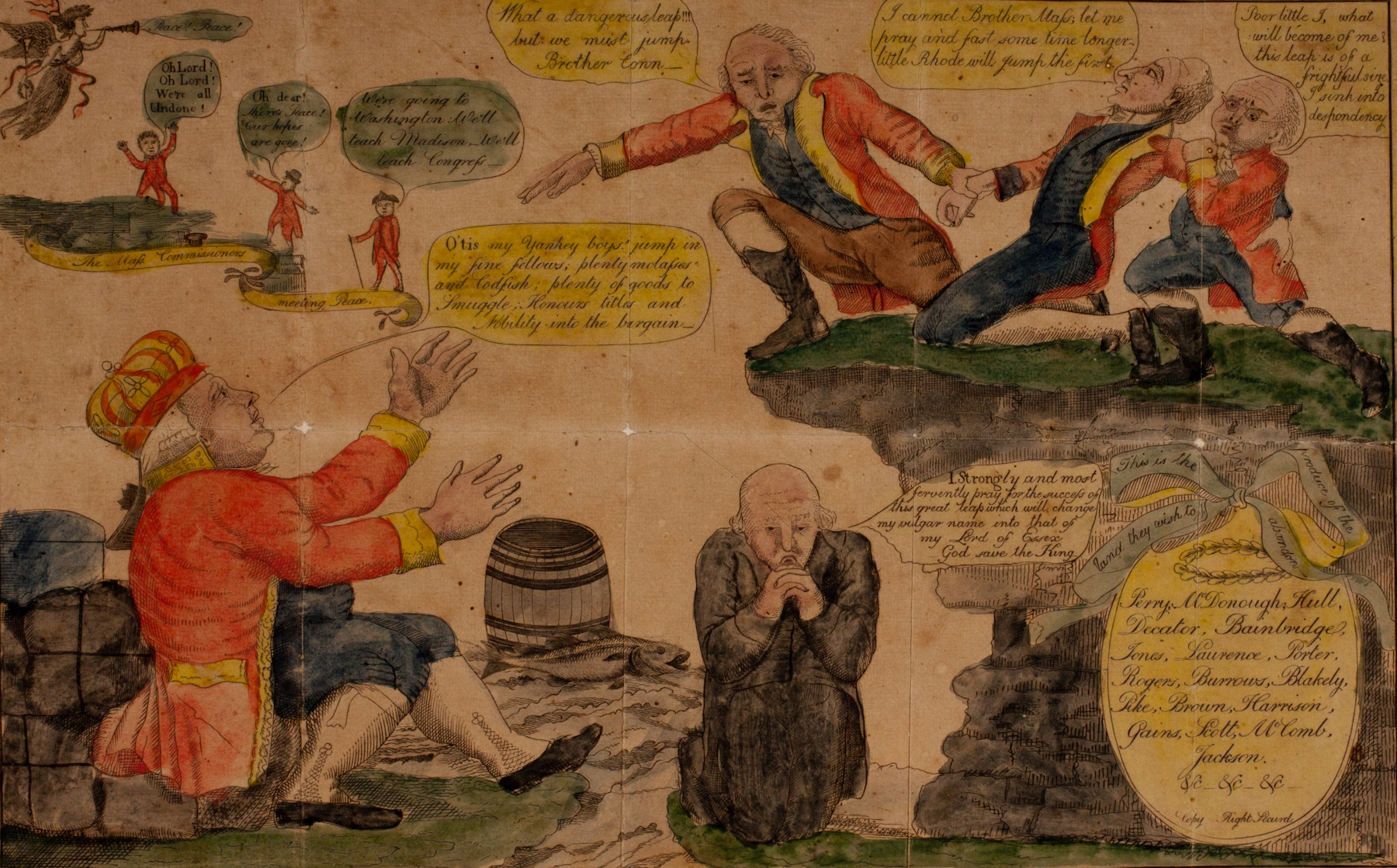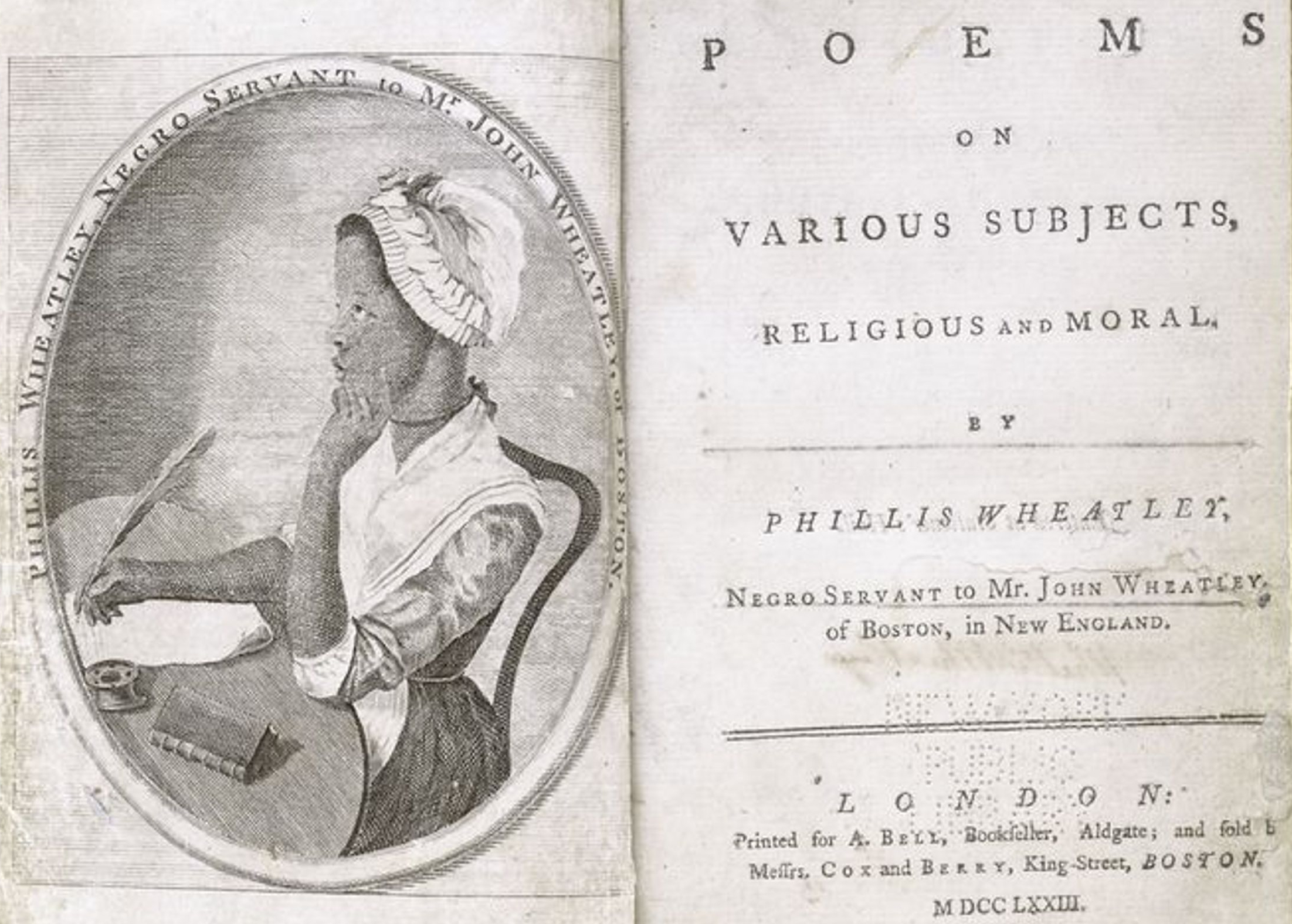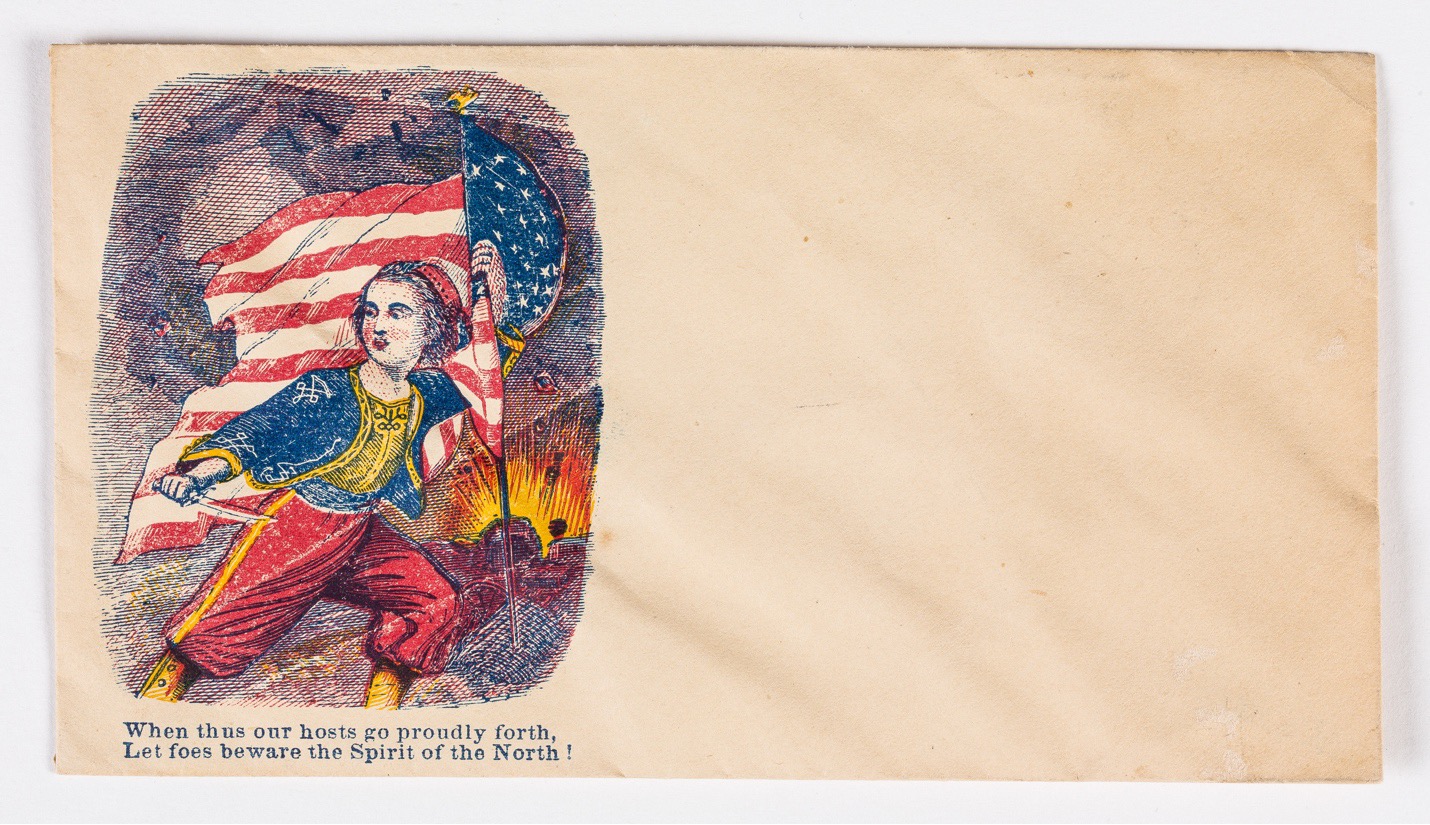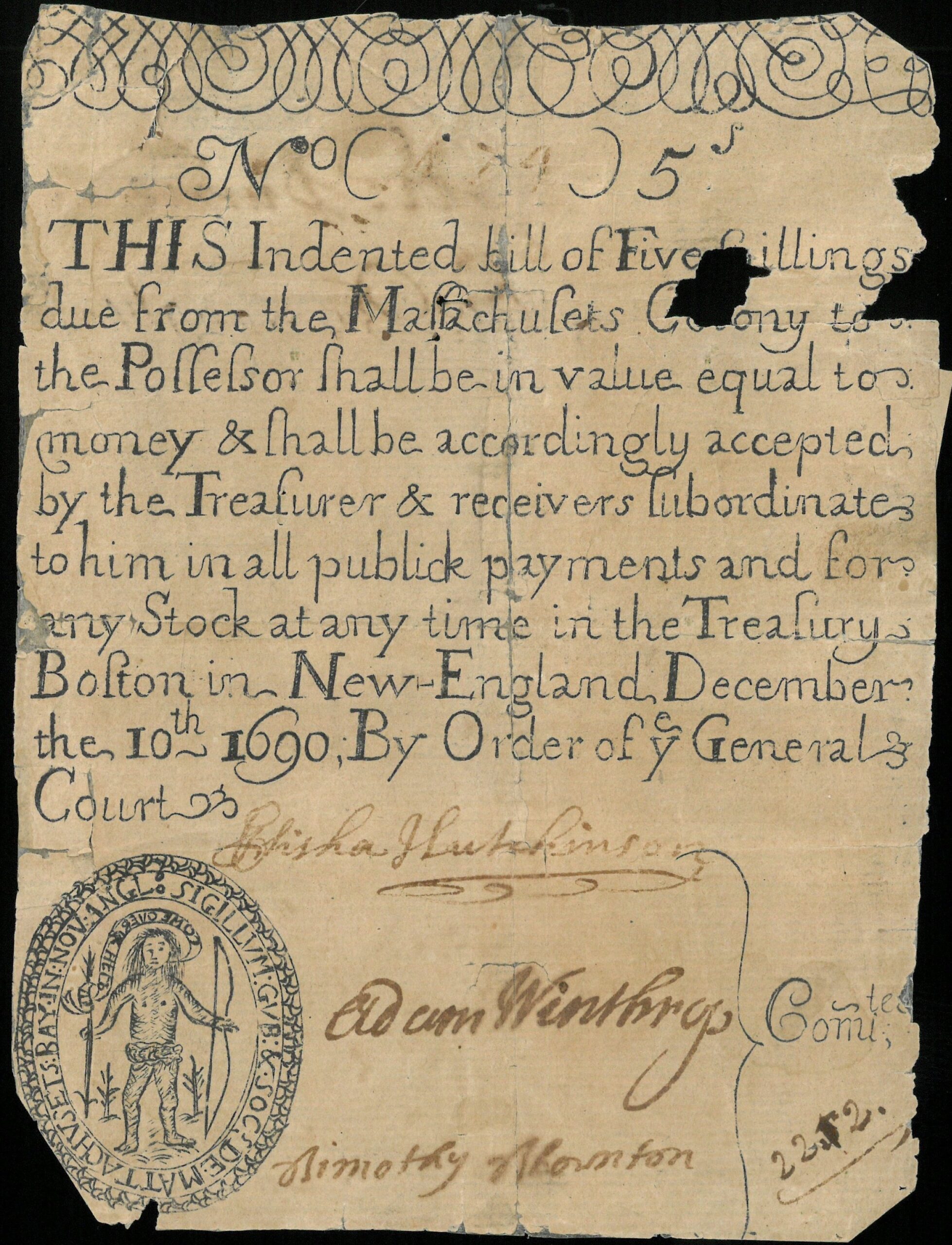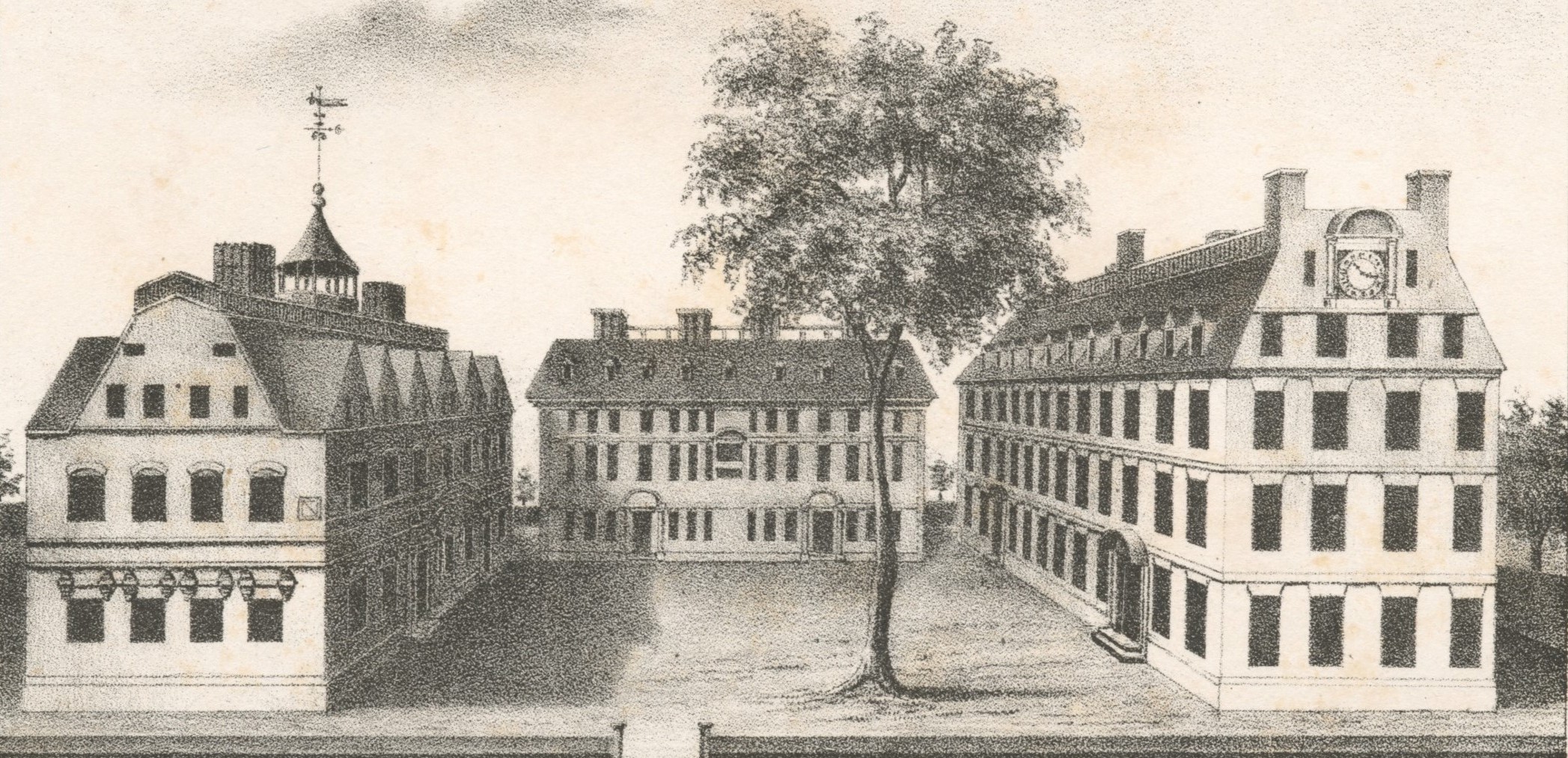Common-place is a common place for exploring and exchanging ideas about early American history and culture. A bit friendlier than a scholarly journal, a bit more scholarly than a popular magazine, Common-place speaks–and listens–to scholars, museum curators, teachers, hobbyists, and just about anyone interested in American history before 1900. Common-place is a common place for all sorts of people to read about all sorts of things relating to early American life–from architecture to literature, from politics to parlor manners. And it’s a place to find insightful analysis of early American history as it is discussed not only in scholarly literature but also on the evening news; in museums, big and small; in documentary and dramatic films; and in popular culture.
Common-place also aims to be a place for elegant prose and worthy ideas. Not perhaps, as elegant and worthy as the snippets of prose early Americans liked to jot down in their own commonplace books but more elegant, we hope, than much purely scholarly writing, particularly the kind that comes chock full of jargon. And, unlike much popular writing about history, which tends to focus on great men and great events, Common-place embraces the commonplace, or ordinary, in American life. Our features, reviews, and columns track the lives of ordinary men and women, embracing new scholarship, teaching, and exhibits that explore all aspects of America’s past and its many peoples.
Early American history might seem an odd subject for a web magazine. We have no film footage, no photographs, no videos or phonographs to load up with Real Audio or Real Player. But that’s just why there’s a place– if not an aching need–for Common-place. Early American history has already begun to be left behind in the media revolutions of the late twentieth century. A recently launched and very exciting on-line history journal, the Journal for Multimedia History , employs film, video, and photographs to study film, video and photographs–the documents of the late nineteenth and twentieth century. Other valuable history web sites, like the Library of Congress’s American Memory Project also focus disproportionately on post-photography America. Meanwhile, wonderful audio programs, like NPR’s Lost and Found Sound , are of course limited to twentieth-century subjects. And, unfortunately, very few good documentary films are ever made about early America because of the challenge of making an exciting film out of woodcuts and broadsides.
With the exception of a few daguerrotypes (invented in 1839) Common-place won’t dazzle you with snazzy graphics. But it will take you on a tour of what’s best in early American scholarship, teaching, and curatorship–and it will take advantage of the web’s most important feature: bringing people together to discuss ideas. Common-place readers can join in the discussion of any of our features, reviews, and columns by visiting the Republic of Letters, an on-line messageboard.
Common-place is published quarterly, in October, January, April, and July.
This article originally appeared in issue 1.1 (September, 2000).





